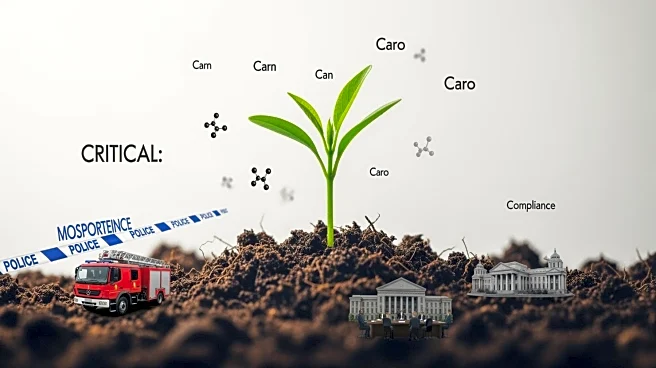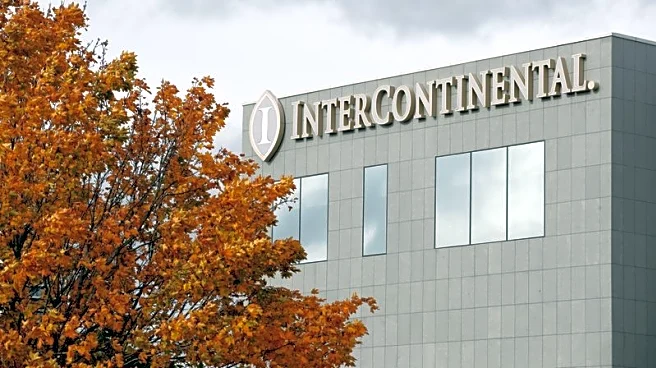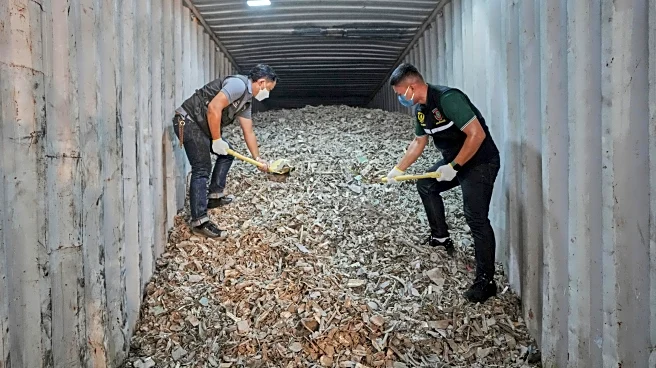What's Happening?
Regenerative agriculture, often referred to as 'regenag', is emerging as a transformative approach to farming that emphasizes soil and ecosystem restoration. This method seeks to balance ecological health
with agricultural productivity by relying on biological interactions and working with nature. The approach is gaining attention globally, with varying motivations across regions. In the West, it is seen as a way to reduce greenhouse gas emissions, while in Asia and Africa, it supports farmers' livelihoods and strengthens food security. Investors are increasingly interested in regenerative agriculture due to advances in soil and crop science, viewing it as a pathway to sustainable food systems and climate resilience. The focus is on improving soil health, which enhances resilience to disease and climate change, sequesters carbon, and supports biodiversity.
Why It's Important?
Regenerative agriculture represents a significant shift in farming practices, offering potential solutions to pressing environmental and food security challenges. By improving soil health, this approach can increase agricultural resilience, reduce greenhouse gas emissions, and support biodiversity. The growing interest from investors and the development of nature-based solutions highlight the potential for regenerative agriculture to contribute to climate goals and sustainable food systems. However, the transition requires changes in farmer behavior and mindset, as well as support from governments, private sectors, and non-profits to provide training, market access, and financial incentives. The success of regenerative agriculture could redefine farming practices globally, offering a more sustainable and resilient future.
What's Next?
The expansion of regenerative agriculture faces challenges, including the need for farmer education, access to organic inputs, and collaboration among stakeholders. Scaling up successful pilot projects, such as those in Indonesia, requires strengthening farmers' skills, technical capacity, and governance frameworks. Additionally, carbon farming projects offer financial incentives for farmers to adopt regenerative practices, generating carbon credits that can be sold to companies seeking climate action. The path forward involves joint efforts from government agencies, corporates, and non-profits to drive change and support farmers in adopting regenerative methods without risking their livelihoods.
Beyond the Headlines
Regenerative agriculture challenges conventional farming practices by prioritizing long-term ecological health over short-term yield gains. This shift requires farmers to view soil as a living system and adapt practices to local conditions. The approach is not a one-size-fits-all solution, necessitating adaptive management and knowledge acquisition from the land. The movement faces skepticism regarding its scalability and potential to mitigate climate change, but it offers a compelling vision for sustainable farming that feeds a growing population without harming the planet.













